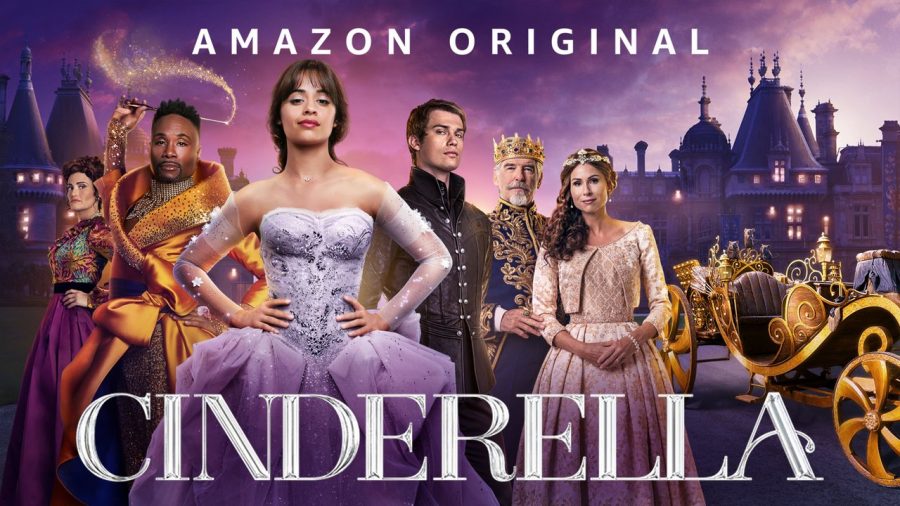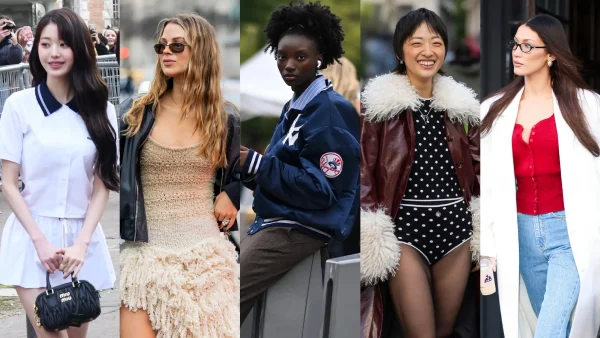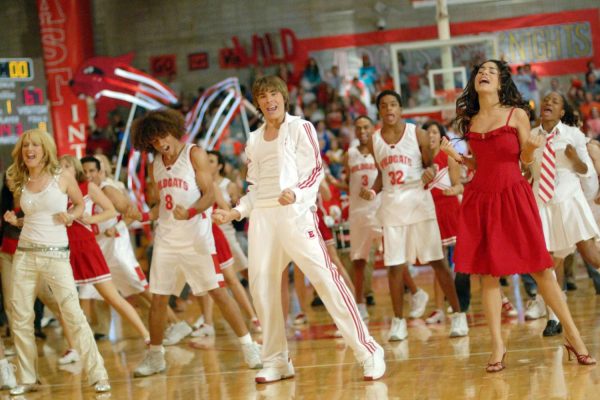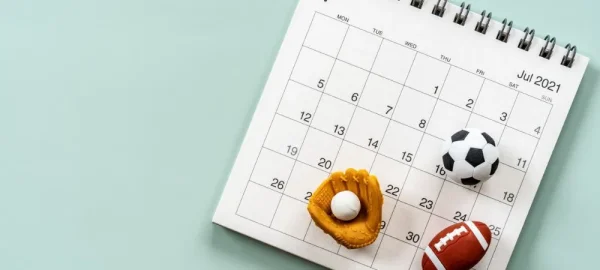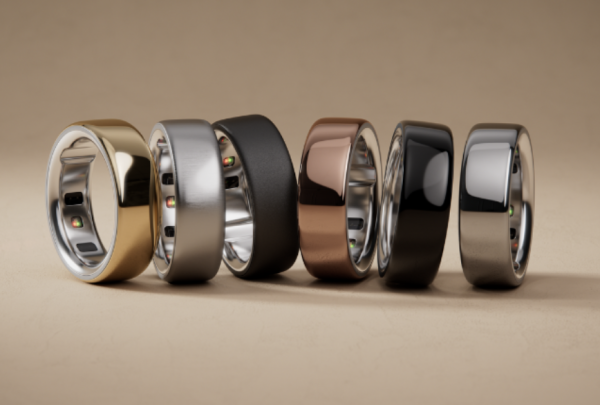Cinderella: Do We Need to Keep Telling Your Story?
We all know the story of Cinderella: a sad orphan girl is under the care of her evil stepmother, every girl in the land is invited to the prince’s ball, the evil stepmother doesn’t allow the girl to go. A bibbity bobbity boo or two later, the girl goes to the ball, meets the prince, falls in love, but has to leave. She ends up leaving one of her glass slippers behind and the prince uses it to find her, and they live happily ever after.
There have been many iterations of this same story throughout time. From the original modern fairytale, written by Charles Perrault, to the 2004 “Cinderella Story” featuring Hillary Duff, to the 2008 “Another Cinderella Story” with Selena Gomez.
Most recently, Amazon Prime released a version of Cinderella featuring Camilla Cabello as the titular role. This modernized version fits pre-existing music (except for one original song) into the storyline, including songs such as “Rhythm Nation” by Janet Jackson and “Perfect” by Ed Sheeran.
This version of the movie is pretty true to the original story, except for the fact that this version’s Cinderella character wants to create and sell dresses. She has big goals for herself as a woman living in the 1800s–when the story takes place.
The following break-down of the movie will contain spoilers. If you would like to watch the movie before reading further, do so now.
Overall, this movie was, in the simplest terms, bad. Although, there were a few good things within it. For one, the costuming was very interesting; it balanced late 1800’s fashion with more modern prints and silhouettes. It was a creative way to try to merge the more modern messages with the old story. Because of its modernity, the writer (Kay Cannon) and other members of the production team (including James Corden) chose to flesh out the Prince and Cinderella’s relationship to more than simply a night of dancing and then marriage. Throughout the movie, the Prince looks for Cinderella; she is even the reason he throws the ball, and when they are at the ball, most of the time they are together, they are talking. This makes their love story feel much more realistic and less strange than that of the original tale.
However, the redeeming qualities just about end there. This movie was full of problems. There are many moments throughout the movie that have unclear meanings and purposes which leave the audience feeling confused. In the beginning of the movie, the “Fabulous Godmother”, played by Billy Porter, is giving the narrative background, as the camera follows a blue and purple butterfly. Later in the movie, Cabello’s Cinderella saves a caterpillar from being killed by her stepmother. This caterpillar turns into a monarch butterfly which then turns into Porter’s Fabulous Godmother. Then, even later in the film, the Stepmother (played by Idina Menzel) catches a green butterfly on her finger. All three of the circumstances should be connected with a common theme, but it is not clear to the viewer what that theme is. Though the blue butterfly seemed important at the beginning, it never appears again. The metaphor is simply lost within its ambiguity; it is one of the many things that takes the viewer out of the world that the movie is trying to create.
Another thing that brings the viewer out of the universe the movie creates is the movie’s balancing act of its self-awareness. This movie is so hard to watch because the viewer is unable to tell if it is funny because it is bad, and should be laughed at, or if it is serious–and just bad. There are many instances where the quite literal interpretations of the song choices in the movie create moments like this.
One of these moments is when the evil stepmother sings “Material Girl” by Madonna to the stepsisters when they are interested in an attractive, but not wealthy, man. The quite literal understanding of the song fits the evil stepmother, as a vain, wealth-obsessed character. Even though the literal takeaway of the song is fitting, the use of this song seems very silly. It makes the character that they later flesh out to have a lot of depth come off as extremely one-sided and almost cartoonish.
It is hard for an audience member to know what the movie wants them to think about it because it so often switches back and forth from feeling very serious about what it’s doing and seemingly making fun of its construction.
One of the biggest problems with this movie is its inability to balance its want to be set in modern times as well as the 1850s. There are many instances where the values that would have been expressed in the mid 1800s, such as Cinderella not being able to start her own shop, do not make sense for her to tackle in a modern-esque setting. This movie tries so hard to have feminist ideals, but the problems being dealt with are not problems that are relevant in modern feminism. This movie makes no reference to intersectionality. There are many actors of color that seem to be in greater social standing than Cinderella, but they in fact would not be. In the mainstream feminism that this movie practices, the ideas of race and class are not discussed at all. Cinderella comes from a relatively wealthy household, and is, although played by a Cuban-American actress, traditionally a white (or light skinned) character. Generally, the feminism that this movie engages with is not ‘incorrect’ or ‘wrong’, it is simply just lazy.
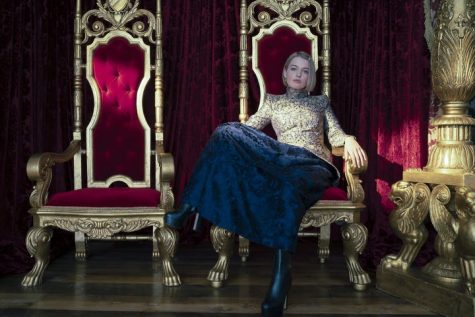
Within the first twenty minutes of the film, one of the step sisters, played by Charlotte Spencer, is looking at herself in the mirror. She asks Cinderella if she looks pretty. In response to this, Cinderella replies, “It doesn’t matter what I think; it only matters what you think.” And although this is a meaningful sentiment, it is not the feminist revelation the movie seems to think it is. This movie is giving its audience base level feminist thoughts, as if they had received the elevator pitch of what feminism is and went with that. There is nothing wrong with having these types of messages, especially in movies directed at young children, it just is not the radical idea this movie makes it out to be.
The biggest example of this is Cinderella’s main conflict. She wants to open a store and sell the dresses that she creates. Because she is living in the 1800’s, she has very little rights as a woman. This movie tries to create a feminist conversation about women achieving their dreams, but the way that it tries to modernize century-old sexism makes the messages not that impactful. The story that they are trying to adapt does not really allow for a very impactful feminist take, as much as it tried to create one.
In this version of Cinderella, the prince has a sister named Gwen. She is used as a running gag throughout the movie. Whenever the king is talking to the prince, Gwen appears in order to make a single radical claim, such as a way to shrink the wealth gap or implementing greener energy, in order to be brushed off by the king as just a ‘silly girl’. The joke made out of Gwen throughout the movie is intended to characterize the king as being sexist, but it is not made clear that he is supposed to be wrong. The viewer does not get to see Gwen work to get what she wants (to be queen), but instead she is simply given what she wants, and becomes queen, as the culmination of the running joke.
This movie also adds depth to the Evil Stepmother. This is not a bad thing. Adding depth to villains can actually be very interesting in some cases, but in this case it is not. The movie tries to justify the Stepmother’s abusive habits to not only Cinderella, but to her stepsisters as well, instead of simply giving her actions context. As much as it is important to have three dimensional villains, giving the Evil Stepmother a backstory in which her hopes were crushed by a male-dominated society that concludes with her telling Cinderella that she is ‘trying to keep you from being hurt by the world’ seems to do away with her many years of abuse. Although it gives Cinderella’s stepmother a fine reason to have her own view on the world, it does not make it ok for her to then expect Cinderella’s forgiveness (which she then seems to give by the end of the movie).
All in all, this movie was not the feminist take of Cinderella that it thought it would be. The messages it tries to convey feel very outdated. Young women, and even just young children deserve genuinely good feminist media that displays actually impactful issues. There are so many versions of this one story, and this one did not need to be created.

Hello! My name is Morgan, and I am Student Life editor this year! I am a senior and this is my second year on staff. I love writing for The Spectator because...


